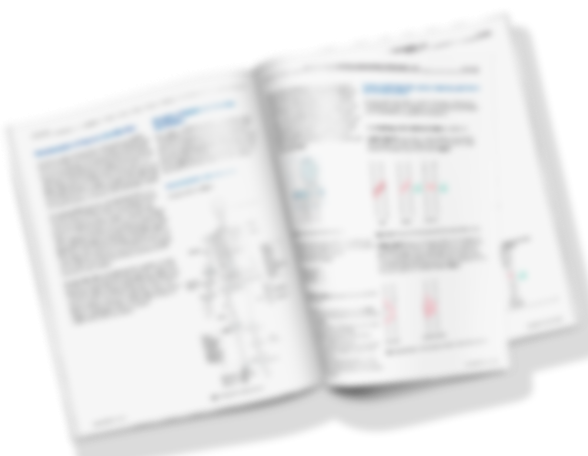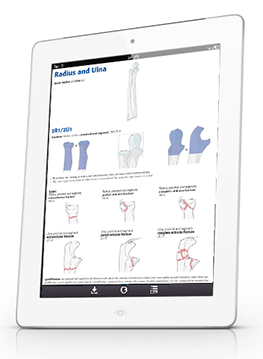
In 1996, the AO Foundation and the Orthopaedic Trauma Association published the AO/OTA Fracture and Dislocation Classification Compendium based on the principles and definitions presented in the Comprehensive Classification of Fractures by Müller, Nazarian, Koch, and Schatzker, as a supplement in the Journal of Orthopaedic Trauma. To maintain its relevance, both organizations review the compendium every 10 years.
The 2018 revision of the AO/OTA Fracture and Dislocation Classification Compendium provides the user with a streamlined, concise, and clinically relevant tool for classifying the majority of fractures. This revision intends to extend the relevance of the Compendium to nontrauma orthopedic subspecialities by integrating existing standard classifications.
Significant updates include:
- Separate codes for the radius/ulna and the tibia/fibula
- Additional validated classification systems have been integrated including a preliminary fracture classification for the thorax
- Universal modifiers—descriptive terms for fracture morphology, displacement, associated injury, or location that are generalizable to any fracture
- Additional detailed descriptions to better define certain fracture patterns
- Revision of certain codes to better align fractures within their groups.
By the end of 2017, several tools and new resources will be available on the AO Foundation and AOTrauma websites: the existing iPhone/Android App will be updated and serve as an online reference. Brochures and videos explaining the changes will be available for distribution and download. The faculty resources (eg, the standard lecture on classification for the AOTrauma Basic Principles of Fracture Management course will be updated and made available in the online Faculty Support Packages.
AO/OTA Fracture and Dislocation Classification Compendium—2018 Update


FacultyFocus 2-2017
AOTrauma
FacultyFocus
2-2017